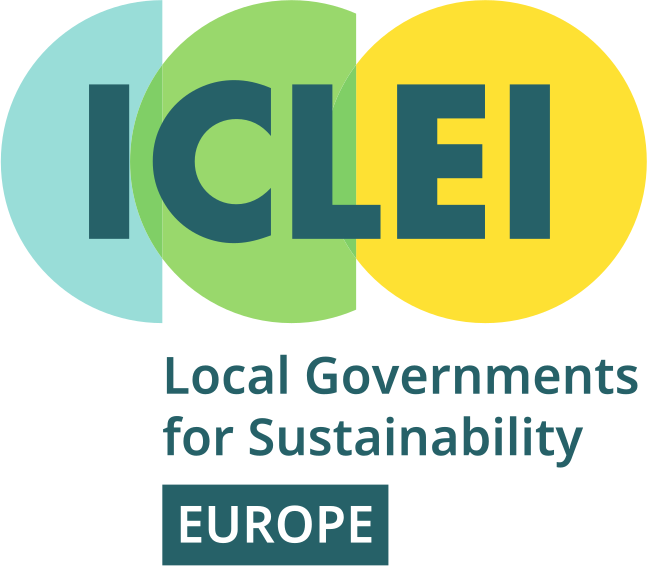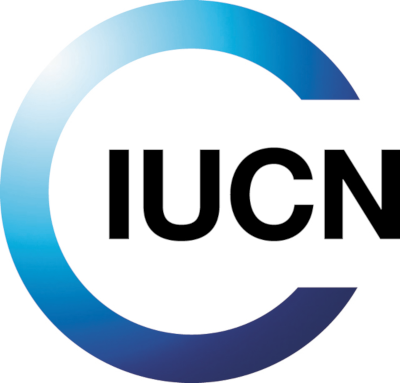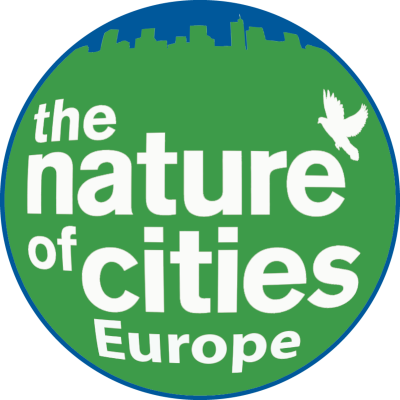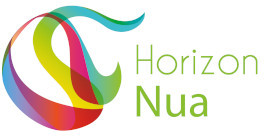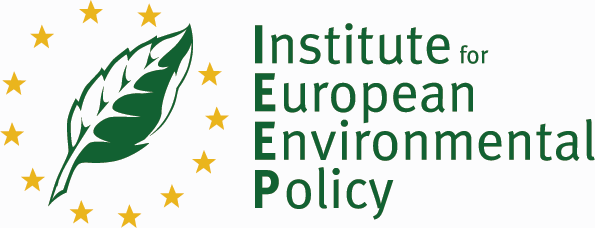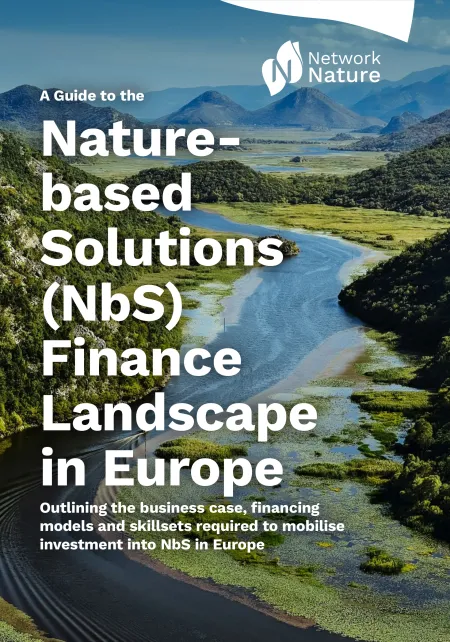
Resource description:
The world economy relies on nature for food, health, water, and much more. Yet, the economy also impacts nature in profound ways. These impacts are growing.
They are leading to global crises like climate change, biodiversity loss and desertification that affect every aspect of life on the planet. Businesses are not immune. The financial repercussions of these crises are already being felt and will become more severe in the years to come. It need not be this way.
Damaging nature has created severe risks but supporting it can bring tremendous benefits that can neutralise these risks. This is because nature itself provides many valuable services including, but not limited to, erosion control, pollination and water purification. Actions, like Nature‑based Solutions (NbS), that support and/or enhance these services reduce the risks faced by people and the financial systems that they rely upon. In essence, supporting nature is not just vital for human well‑being, it is vital for the economy as well.
Harnessing nature to ensure financial stability and a thriving economy in the years ahead is entirely possible, but it will require significant financial support. Awareness of the latest research findings, approaches and tools is important before such investment is made. That is the purpose of this guide. It supports those in the business and financial sectors by providing cutting‑edge information from NbS projects funded by the European Commission, including through the Directorate‑General for Research and Innovation (DG RTD), and UK Research and Innovation (UKRI). The projects that are considered include those that ask questions like:
- What is the current state of financing for NbS, and where are the gaps?
- How can investors, businesses and nature‑based enterprises help fill those gaps?
- What is the business case for investing in NbS?
Nature‑based enterprises (NbEs), other businesses, and financial institutions will all have different starting points when it comes to investing more in NbS. However, all groups should start by assessing their impacts and dependencies on nature. This is a vital step for identifying where NbS can address the most material risks to the organisation and add significant value. Once this process is finished, organisations can develop their own NbS strategy, build capacity and implement NbS.
There are a wide range of projects funded by the European Union (EU) that can help businesses, NbEs and financial institutions to invest in this area, including those shown on the map of the finance landscape in the EU below. This guide explains what NbS are and how a business case can be developed for investing in them. It then outlines the wide range of financial models that can support NbS, which span both public and private sources. Finally, it sets out the skills needed to further advance investment in NbS, recommendations for businesses, NbEs and financial institutions.
Author/Contact:
Giacomo Ascenzi, Amandine Cremel, and Joanna Wolstenholme (UNEP-WCMC).
DOI reference:
Suggested citation: Ascenzi, G., Cremel, A., Wolstenholme, J. (2025). A Guide to the Nature-based Solutions (NbS) Finance
Landscape in Europe. NetworkNature EU HORIZON-CL6-2022-BIODIV-01, Project ID 101082213. UN Environment Programme
World Conservation Monitoring Centre. Cambridge, UK.
Additional information:
Acknowledgements: Thank you to expert reviewers at UNEP-WCMC: Katie Dawkins, Rodrigo Cassola, Najma Mohamed, Val Kapos and James Vause. Thanks also to expert reviewers from Network Nature Daniela Rizzi (ICLEI), Mónica Altamirano (Altamira-REGEN) and Siobhan McQuaid (Trinity College Dublin / Horizon NUA), NetworkNature’s Stakeholder Advisory Board member Theresa Pleye (GLS Gemeinschaftsbank eG) and for the input from NetworkNature’s Task Force 3. Thank you also to members of the European Commission for their expert review, input and guidance: Fleur van Ooststroom Brummel, Susanna Gionfra, Piret Noukas.
This guide was made possible by the generous support of the European Union’s Research Executive Agency under Grant No. 101082213 and UK Research and Innovation under the UK government’s Horizon Europe funding guarantee.
- Supplementary Material – MS4.1.pdf (1005.05 KB)

